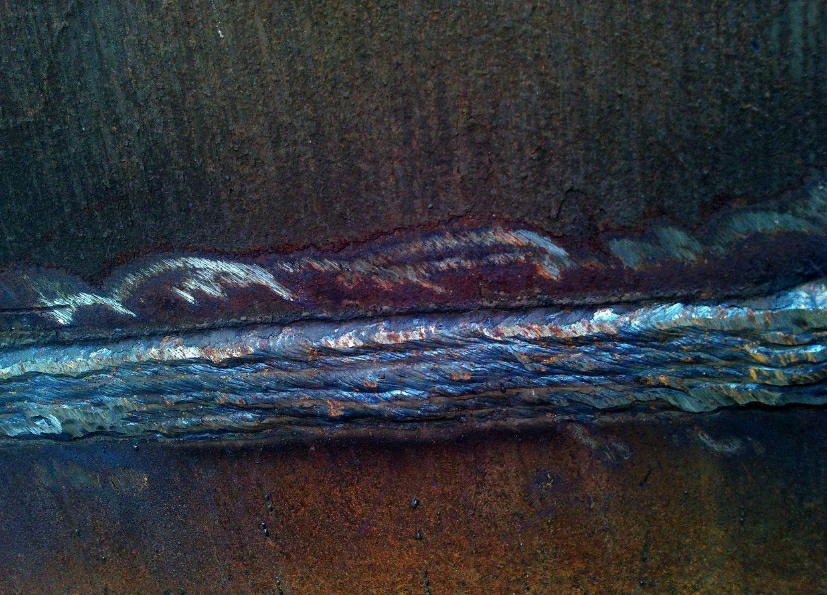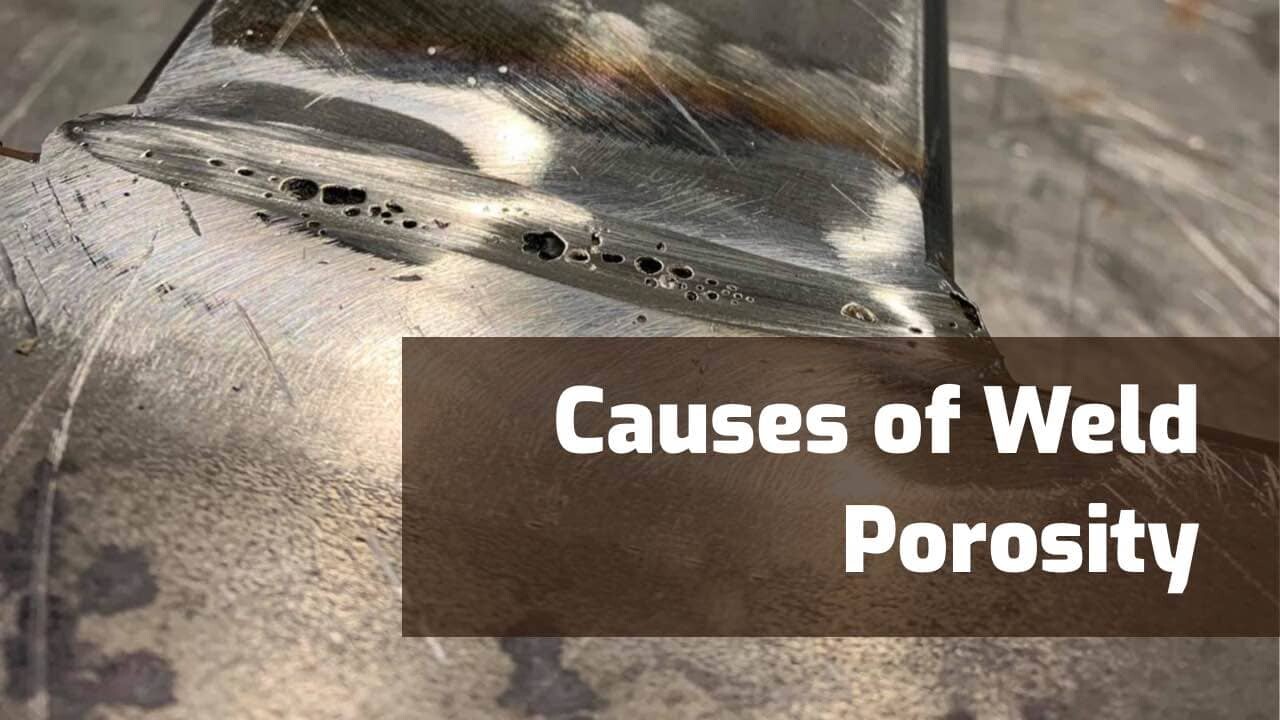Effective Ways to Prevent Weld Undercut in Your Welding Projects
Effective Ways to Prevent Weld Undercut in Your Welding Projects
Blog Article
Grasping the Art of Welding: Just How to Prevent Undercut Welding Issues for Flawless Manufacture Results
By recognizing the origin creates of undercut welding and implementing effective techniques to avoid it, welders can raise their craft to new levels of excellence. In the quest of perfect construction outcomes, grasping the art of welding to prevent undercut problems is not just a skill however a requirement for those striving for perfection in their work.
Understanding Undercut Welding

To protect against undercut welding, welders need to ensure proper welding parameters, such as changing the present, voltage, traveling rate, and preserving the right electrode angle. By comprehending the reasons of undercut welding and carrying out precautionary procedures, welders can accomplish top notch, structurally audio welds.
Sources Of Undercut in Welding
Comprehending the aspects that contribute to undercut in welding is important for welders to produce top quality, structurally sound welds. When the weld steel does not correctly fill the groove formed between the base steel and the formerly deposited weld metal, damaging happens. A number of elements can lead to damage in welding. One typical cause is excessive warmth input. Welding at high temperature levels for prolonged periods can cause the base metal melting even more than preferred, leading to damage. Insufficient welding current or wrong welding rate can additionally add to undercut. Not enough current may not offer adequate warm to melt the base and filler steels effectively, while extreme rate can stop proper combination, causing undercut. In addition, incorrect electrode angles or incorrect torch manipulation methods can produce areas of reduced weld metal deposition, advertising undercut. Comprehending these reasons and executing correct welding techniques can aid avoid damaging issues, making certain strong and long lasting welds.
Methods to Stop Undercutting

To reduce the danger of damaging in welding, welders can use tactical welding techniques targeted at enhancing the high quality and honesty of the weld joints. One effective technique is to change the welding specifications, such as voltage, existing, and take a trip rate, to ensure proper heat input and deposition. Maintaining an appropriate electrode angle and making sure constant traveling speed can likewise assist stop undercut. Furthermore, utilizing the right welding strategy for the certain joint arrangement, such as weave or stringer grains, can add to minimizing damaging. Preventing weld undercut.
Using back-step welding methods and regulating the weld bead account can additionally assist disperse heat uniformly and minimize the danger of undercut. Normal inspection of the weld joint throughout and after welding, as well as applying quality guarantee actions, can aid in identifying and dealing with undercutting problems without delay.
Significance of Appropriate Welding Criteria
Selecting and preserving proper welding criteria is essential for accomplishing effective welds with marginal issues. Welding parameters refer to variables such as voltage, present, travel rate, electrode angle, and securing gas circulation price that straight impact the welding process. These specifications need to be meticulously readjusted based upon the kind of material being welded, its thickness, and the welding method utilized.
Appropriate welding criteria make certain the appropriate quantity of warmth is related to thaw the base steels and filler product evenly. If the criteria are established also high, it can bring about too much warmth input, creating spatter, burn-through, or distortion. On the various other hand, if the criteria are also reduced, incomplete combination, lack of penetration, or undercutting may happen.
Quality Control in Welding Workflow

Final Thought
In verdict, grasping the art of welding requires an extensive understanding of undercut welding, its causes, and strategies to avoid it. By guaranteeing proper welding criteria and carrying out quality control practices, remarkable construction outcomes can be accomplished. It is important for welders to consistently pursue excellence in their welding procedures to prevent undercut issues and create top quality welds.
Undercut welding, an usual problem in welding procedures, happens when the weld steel doesn't effectively fill up the groove and leaves a groove look at here now or depression along the bonded joint.To prevent undercut welding, welders must ensure appropriate welding parameters, such as changing the existing, voltage, travel rate, and maintaining the right electrode angle. Inadequate welding present or wrong welding speed can likewise add to undercut.To minimize the threat of undercutting in welding, welders can utilize critical welding techniques aimed at boosting the quality and stability of the weld joints.In verdict, mastering the art of welding requires a detailed understanding of undercut welding, its causes, and methods to avoid it.
Report this page